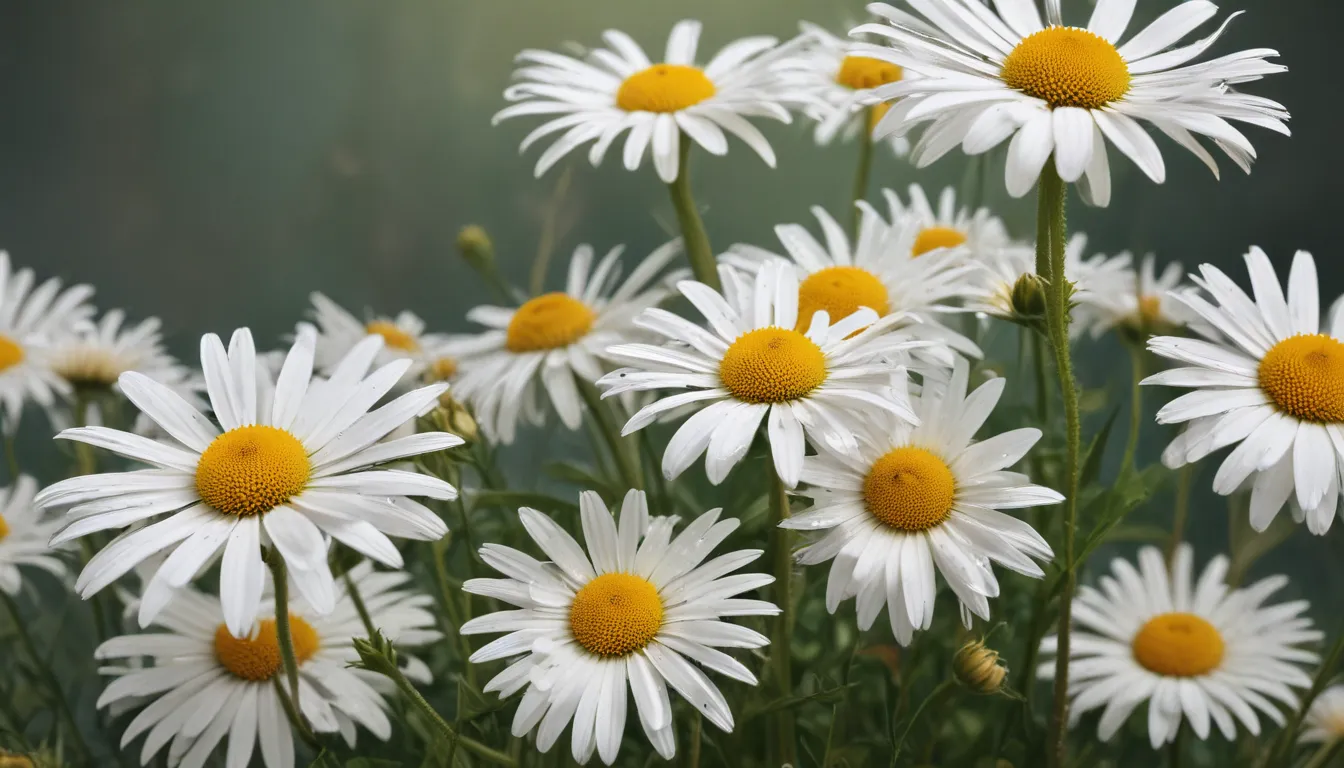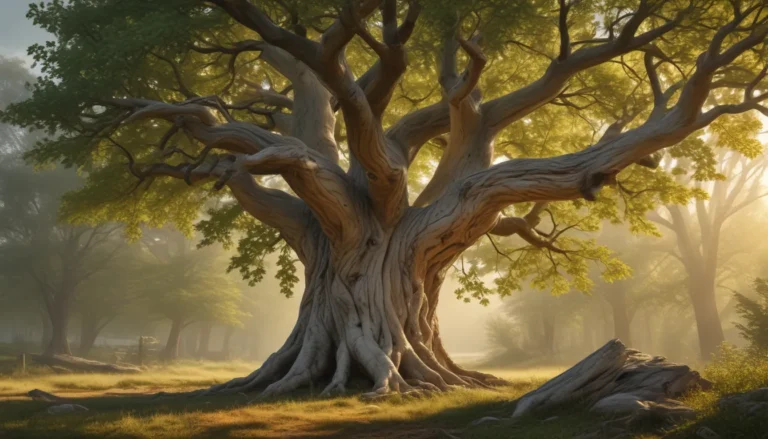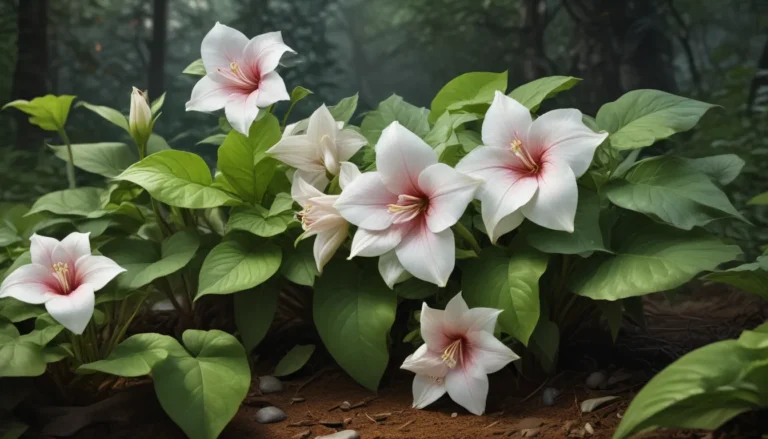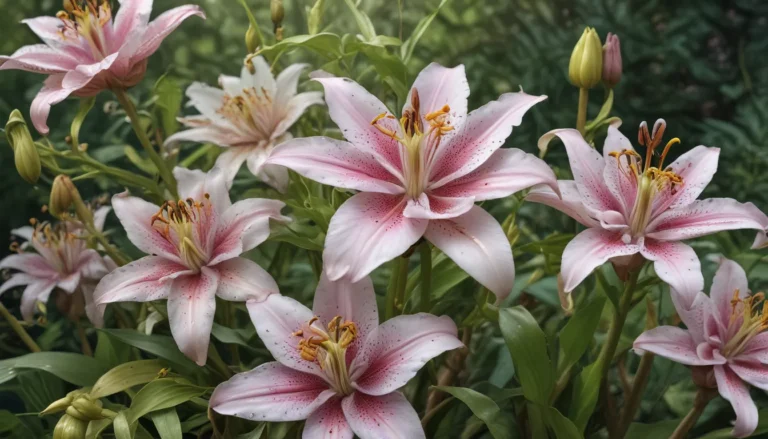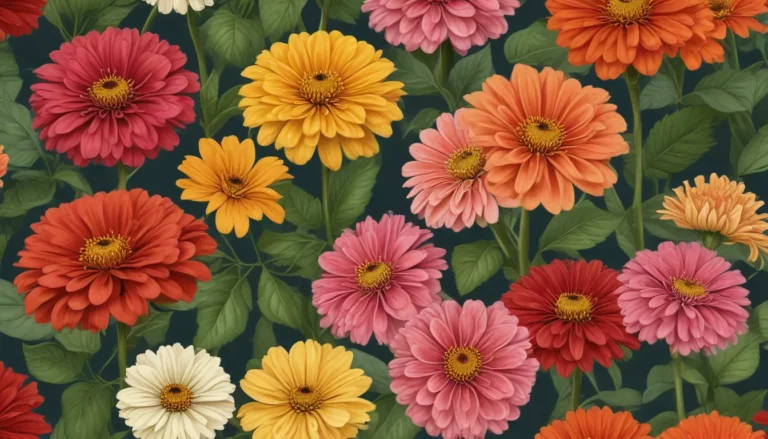The pictures we use in our articles might not show exactly what the words say. We choose these pictures to make you interested in reading more. The pictures work together with the words but don’t take their place. The words still tell you the important facts.
Are you familiar with the stunning Shasta Daisy, also known as Leucanthemum x superbum? This perennial flower, belonging to the Asteraceae family, is a favorite among gardeners and flower enthusiasts for its cheerful white petals and yellow centers. But did you know that there are numerous extraordinary facts about this beloved plant? Join us as we uncover 16 remarkable facts about Shasta Daisies that will leave you enchanted by their beauty and resilience. From their origins and symbolism to their cultivation and uses, there is so much to explore about the wonderful world of Shasta Daisies.
The Enchanting World of Shasta Daisy:
Shasta Daisy: A Perennial Gem
One of the most enchanting facts about Shasta Daisy is its perennial nature, allowing it to thrive for more than two years. With its breathtaking white petals and vibrant yellow center, this flowering plant truly stands out as a symbol of beauty and grace.
A Hybrid Wonder
Uniquely crafted, Shasta Daisy is a hybrid of three distinct daisy species: the oxeye daisy, the Portuguese field daisy, and a Japanese daisy. These magical combinations give Shasta Daisy its captivating appearance and remarkable characteristics.
Summer Blooms
Witness the magic of Shasta Daisy as it blooms during the summer months, adorning gardens and floral arrangements with its dazzling white flowers and sunny yellow centers. A true delight for the eyes!
Perfect for Flower Beds
With its striking beauty and easy upkeep, Shasta Daisy is a popular choice for flower beds and garden borders. The plant's ability to attract butterflies and bees adds an extra touch of charm to any outdoor space.
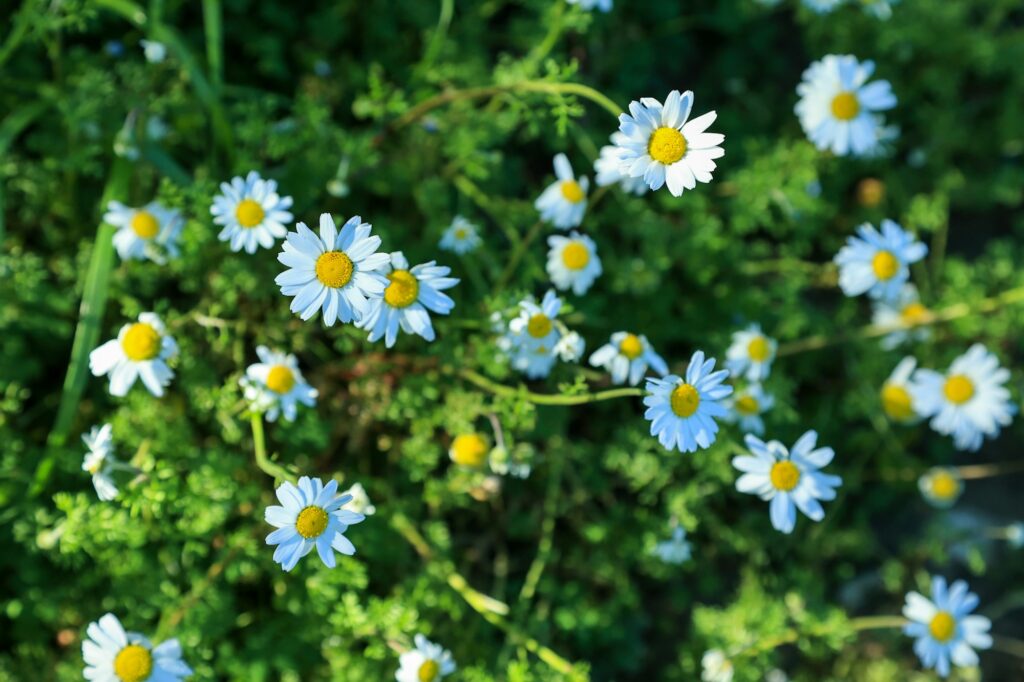
Drought-Tolerant Delight
Shasta Daisy's remarkable ability to withstand drought conditions makes it a resilient choice for areas with limited water resources or hot summers. A true survivor in the face of adversity!
Adaptable to Various Soils
Known for its adaptability, Shasta Daisy can thrive in different soil types, from well-drained soil to clay or sandy soil with proper care and attention. A versatile beauty indeed!
Sunshine Lover
For optimal growth and flowering, Shasta Daisy thrives in full sun exposure. Plant this radiant flower in an area that receives at least six hours of direct sunlight daily for best results.
Beneficial Insect Magnet
Not only does Shasta Daisy enhance the beauty of your garden, but it also attracts beneficial insects like ladybugs and lacewings. These helpful creatures assist in pest control, fostering a healthy garden ecosystem.
Charm Your Space with Cut Flowers
The long-lasting blooms of Shasta Daisy make it a perfect choice for cut arrangements and bouquets. Its bright white petals create a delightful contrast when paired with other colorful flowers, adding a touch of elegance to any floral display.
Effortlessly Beautiful
Embrace the low-maintenance nature of Shasta Daisy, requiring minimal pruning and deadheading to extend its blooming period. A true gem for those seeking beauty without the hassle.
Pollinator Paradise
Attract a plethora of pollinators like bees and butterflies to your garden with the abundant flowers of Shasta Daisy. Planting this charming flower is a great way to support local pollinator populations and promote biodiversity.
Safeguarded from Deer
Thanks to its daisy-like flowers and bitter-tasting foliage, Shasta Daisy is less appealing to deer, making it a fantastic choice for gardens in areas with deer populations. Enjoy the beauty of Shasta Daisy without worrying about hungry visitors.
Simple Propagation
Expand your Shasta Daisy collection or share the joy with friends by easily propagating the plant through division in early spring or early fall. A simple way to spread the beauty of these remarkable flowers.
Medicinal Marvel
Beyond its ornamental value, Shasta Daisy has been utilized in traditional medicine for its believed antimicrobial properties. It has been applied topically to treat various skin conditions, adding a touch of healing to its already impressive resume.
Endless Blooms
Marvel at the extended blooming season of Shasta Daisy, which can last from late spring through early fall with proper care and attention. Enjoy months of colorful flowers that brighten up your garden with their radiant beauty.
Mount Shasta Inspiration
Named after the majestic Mount Shasta, a volcanic peak in Northern California, Shasta Daisy's vibrant white petals are said to mirror the snowy cap of this natural wonder. A fitting tribute to a breathtaking landscape.
Embrace the Beauty of Shasta Daisy
In conclusion, Shasta Daisy is a plant that truly deserves admiration for its beauty, versatility, and resilience. Whether you're a seasoned gardener or simply a lover of flowers, Shasta Daisy is a captivating addition to any garden or floral arrangement. Its ability to thrive in diverse conditions, attract beneficial insects, and brighten up any space makes it a delightful choice for all. So, why not welcome the enchanting presence of Shasta Daisy into your life and witness firsthand the extraordinary beauty it brings to both nature and those who appreciate it.
FAQs for Shasta Daisy:
How tall does Shasta Daisy grow?
On average, Shasta Daisy can reach a height of 2 to 3 feet, depending on the variety and growing conditions.
When is the best time to plant Shasta Daisy?
The optimal time to plant Shasta Daisy is in the spring, after the threat of frost has passed, allowing the plant to establish strong roots before the onset of summer.
Does Shasta Daisy require extensive maintenance?
Shasta Daisy is a low-maintenance plant that thrives with regular watering, occasional fertilization, and deadheading spent flowers, keeping it healthy and blooming beautifully.
Can Shasta Daisy withstand cold temperatures?
Yes, Shasta Daisy is a hardy perennial capable of handling cold temperatures, including frost and light snow, making it an excellent choice for colder climate gardens.
How can I propagate Shasta Daisy?
Propagate Shasta Daisy through division or by taking stem cuttings. Division is best done in the spring or fall, while stem cuttings are ideal in late spring or early summer.
Are Shasta Daisies deer-resistant?
Shasta Daisies are generally deer-resistant, though this could vary based on the region and deer population. Implementing deterrents like fencing or natural repellents can further minimize the risk of deer damage.
